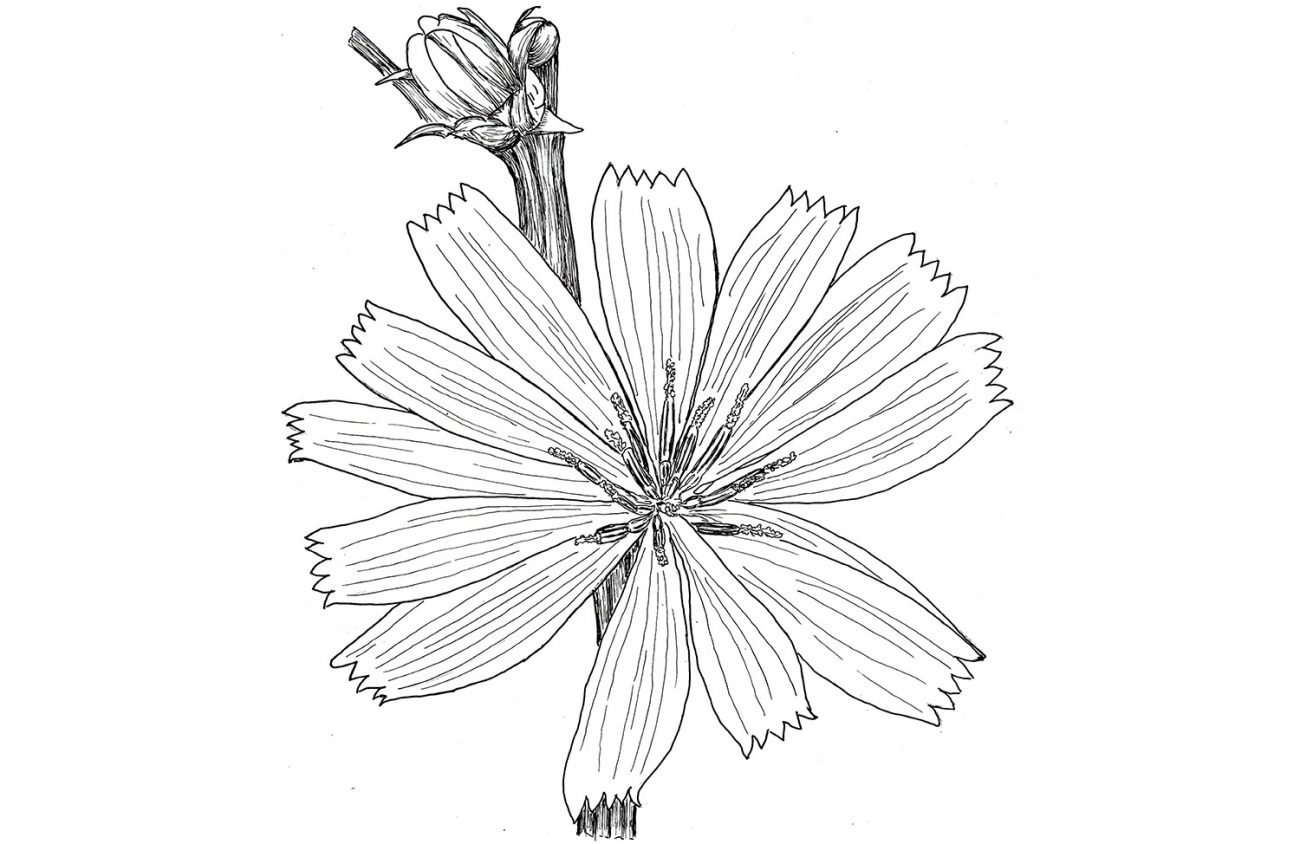September is typically a lazy month for us in the Willamette Valley. Ducklings and goslings are almost as big as the adults, capable of foraging on their own. It took me some years before I recognized that mallard drakes look like mallard hens for most of their first year. The first year great blue herons actually look more like oversized green herons. The return of American bushtit flocks on the suet feeders is one of the first signs that the nesting season for songbirds is essentially over. They were not seen for much of late spring and early summer as they fledged their young, staying in their territory. The gold finches, both American and lesser, followed soon after. They empty their favorite feeder in only two or three days.
This is the month when the vegetable garden requires little attention beyond diligent watering and harvesting. Our best producers are pole beans and cherry tomatoes. This is canning season: Peaches are done, tomatoes to come.
We are fortunate that fires have not been as frequent and widespread in Oregon as in previous years. However, fire season is not over. We must stay vigilant. Our hearts go out to the people whose homes have been lost in California, where climate change has hit with a vengeance. Until there is broadscale corporate action to mitigate climate change, fires will just get worse. We knew that some time ago, but there’s no joy in being able to say, “I told you so.”
David Wagner is a botanist who has worked in Eugene for more than 40 years. He teaches moss classes, leads nature walks and publishes the Oregon Nature Calendar. Contact him directly at fernzenmosses@me.com.
